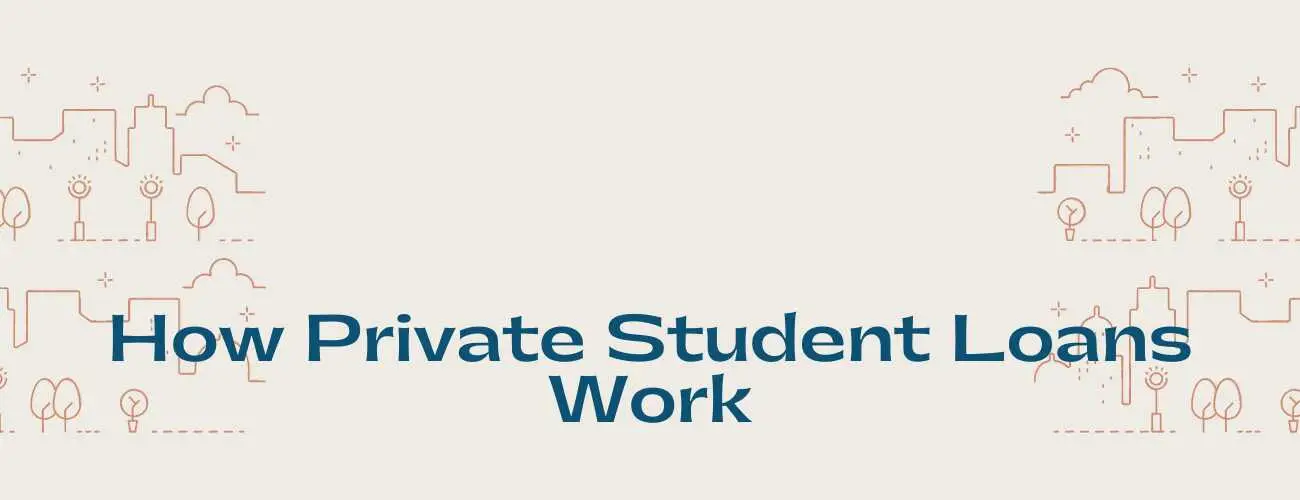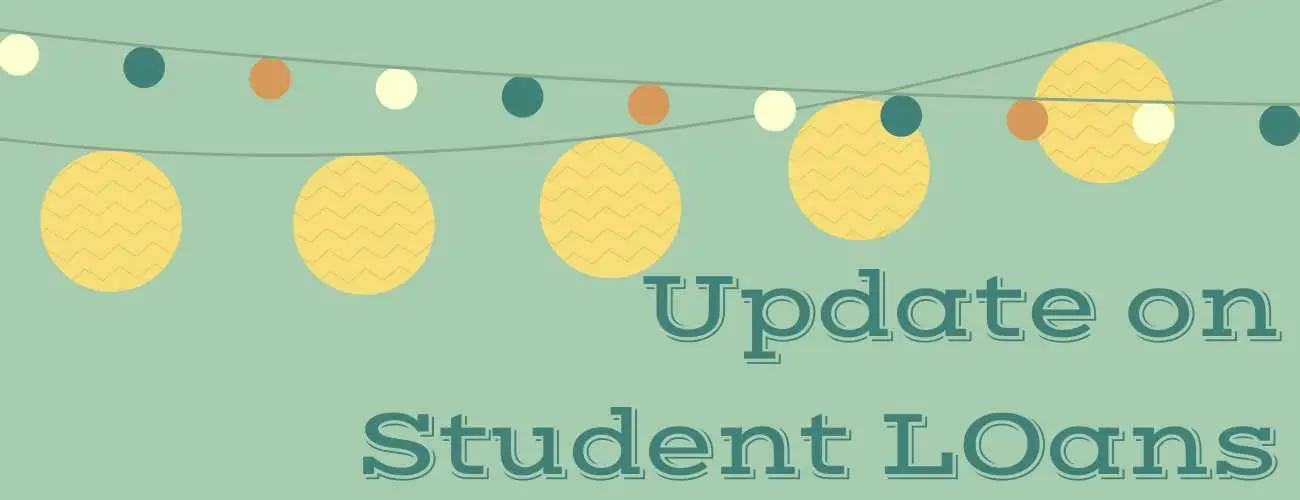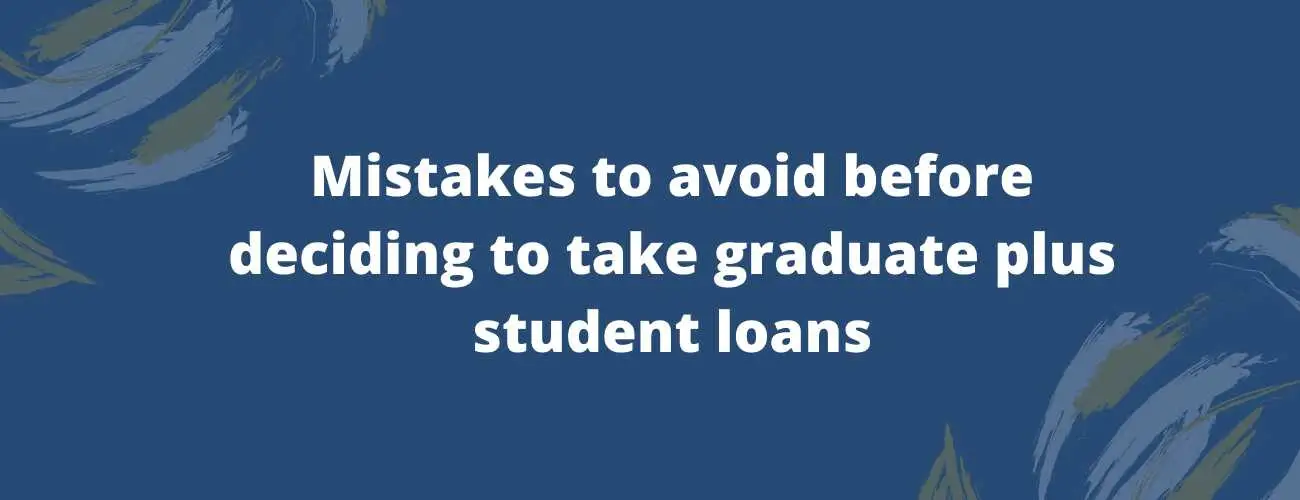1098-E Tax Form - Student loan interest statement
If you're a student borrower, it is advisable that you understand the 1098-E tax form and the details enclosed in it. This will make you take decent and conservative measures to reduce the interest rate levied on you by your lender
Updated by Jason Joy Manoj on 16th December 2019
If you're a student who took out a loan for your studies, you can get a tax break on your loans.
You will receive detailed information about the interest that you would have to pay for that year on the loan from your servicer. This detailed information is inscribed on a form which is called the 1098-E Tax Form. If you meet the requirements, the interest is directly subtracted from your income.
This subtracted interest has no limits, therefore it can be high or low.
The IRS strongly recommends students receiving an interest of up to $600 or more for their student loan during the year to file this form and provide a statement or acceptable substitute on paper or electronically to the borrower.
Table of Contents
- What is the 1098-E form?
- Who qualifies for the student loan interest deduction?
- The curious case of online fillable copies of B and C
- Specific instructions for form 1098-E
What is the 1098-E form?
The form 1098-E can also be referred to as a Student Loan interest statement. It is used to record the interest paid on loans.
If the interest is more than $600, it will be documented by the servicer. The financial info recorded by the lender contains information about the interest that he received on the loans.
Any student borrower who pays interest on his/her student loan becomes eligible to receive a deduction on some or all of the interest for his/her federal tax return.
In general, servicers use the IRS form 1098-E to report the actual amount which was paid in interest by the student borrower.
Both the borrower and the IRS gets a copy of this form from the servicer.
How will tax reform affect the scholar loan interest deduction?
There is no harm in including the 1098-E form while filing the tax return. It is often recommended as it may save you some money in the form of returns.
Who qualifies for the student loan interest deduction?
If you surpass the minimum $600 interest requirement, your student loan servicer will mail you a copy of the 1098-E structure.
Box-1 of the 1098-E structure contains the complete interest you paid on your credits within the earlier year.
If you're one of those students with many student loan servicers, you might not always get the 1098-E frames if you paid an amount less than $600 in interest to any of the servicers.
In this case, you have to request your servicer to issue your structure.
To get the Interest deductions, the following qualifications are required:
-
The loan borrowed should be under your name. It can also be in the name of your spouse or any person whom you can claim to be dependent on (family members)
-
The loan you have taken should pay recognized educational expenses ( includes tuition fees and other study material)
-
The loan should be paid within a "reasonable period" as described by the IRS
-
The student should be at least half-time registered in an eligible program
Do I have to purchase a 1098-E?
If you paid $600 or more as an interest to a government servicer throughout the expense year, you'll receive a 1098-E.
The government servicer uses advance services to report installments on the 1098-E form.
There are still some official loan servicers that send 1098-E's to borrowers through the World Health Organization.
What are the benefits of revealing your student loan interest installments?
Documenting all your student loan interests paid could help you to make the best decisions regarding your loans.
It helps you understand student loan advances, finance prices, and expenses.
Understanding these could help you identify and prevent any malpractice on your government assessment form.
If you report the amount of student loan interest that you paid on federal tax, your return may be counted as a deduction, which reduces the amount on your income that's suppose to be taxed (subject to tax).
Worried about your college tuition? Learn more about student loans
The curious case of the online fillable Copies B and C
Form W-9S
Copies B and C of Forms 1098-E and 1098-T are to be filled online in a pdf format, accessible at the official website, IRS.gov/Form1098E or IRS.gov/Form1098T.
You may utilize Form W-9S request for Student or Borrower's Taxpayer Identification Number and Certification.
Electronic submission of Form W-9S
An instructive organization, backup plan or loan specialist may build up a framework for understudies and borrowers to submit Form W-9S electronically or by fax. For the most part, the electronic framework must:
-
Guarantee the data got is the data sent and must record all events of the client
-
Must be certain that the individual handling the framework and presenting the structure is the individual distinguished on Form W-9S
-
Furnish an indistinguishable data from that of the paper Form W-9S
-
Have the capacity to supply a printed copy of the electronic Form W-9S if the Internal Revenue Service asks for it
Additionally, if an electronic Form W-9S is utilized to acquire the borrower's accreditation, all loans continued must be utilized exclusively to pay qualified advanced education costs.
Electronic reporting
For Forms 1098-E and 1098-T, you should record electronically.
If possible, document at least 250 returns. See part F in the 2019 General Instructions for Certain Information Returns for more data.
Penalties
For Forms 1098-E and 1098-T, punishments might be enforced for the inability to record or inability to outfit right structures. Notwithstanding, in specific situations, the punishments might be postponed.
Specific Instructions for Form 1098-E
Who must file?
It should be noted that the Form 1098-E works as evidence which shows that you are a monetary organization, legislative unit or an instructive establishment.
As such, the form must only be filed by financial institutions, government bodies, educational institutions such as universities and colleges and by any individual who usually receives an interest of $600 or more on a student loan.
Qualified student loans
Student loans must be:
-
Subsidized student loans, guaranteed loan, a financed loan or any other loan which falls under an eligible program in the federal, state or local level in the country
-
Certified by a trusted borrower as a student loan which was taken for the ultimate purpose of paying for higher education expenses such as housing, tuition, and books
Revolving accounts
All interests paid on your loan in the revolving accounts should be reported. This account may include a credit card account and can only be reported only if the borrower specifies that the proceedings from the loan were used for educational expenses.
Loans under qualified plans
Interests on loans that were made under a qualified employer plan must not be reported.
This is specified in section 72(p)(4) of the form.
Similarly, all contracts purchased from a qualified employer plan must not be documented as well.
Statements to borrowers
If a need arises where you have to file the Form 1098-E, a statement or any other acceptable substitute is required by the borrower. This can be provided electronically or on paper.
The part M of the 2019 general instruction can be referred to for more information about this requirement.
Electronic delivery of Form 1098-E
All educational bodies and institutions, insurers and lending parties have the option to consent that the Form 1098-E was electronically delivered.
The worldwide consent process must meet all the consent, disclosure, format, notice, and access period requirements specified
for electronic furnishing of Forms 1098-E in accordance with the applicable regulations.
To find more information on the requirements needed in order to furnish a statement for each student, see part M of the 2019 General Instructions for Certain Information Returns.
Truncating borrower’s TIN on payee statements
According to Treasury Regulations segment 301.6109-4, all filers of Form 1098-E may truncate a borrower's Social Security Number (SSN), Individual Taxpayer Identification Number (ITIN), Adoption Taxpayer Identification Number (ATIN), or Employer Identification Number (EIN) on payee articulations.
Truncation isn't permitted on any reports that the filer records with the IRS.
However, a recipient's/lender's TIN may not be truncated on any structure.
Recipient’s/lender’s name, address, and telephone number box
Enter the name, address, and phone number of the filer of Form 1098-E. Utilize this same name and address on Form 1096, Annual Summary and Transmittal of U.S. Data for Returns.
Account number
An account number is usually needed whenever you have different accounts for recipients who are filing multiple Form 1098-E.
The IRS strongly advises that a designated account number be utilized for the form being filed.
For more info on this, see part L in the 2019 General Instructions for Certain Information Returns.



93.jpg)


28.jpg)
